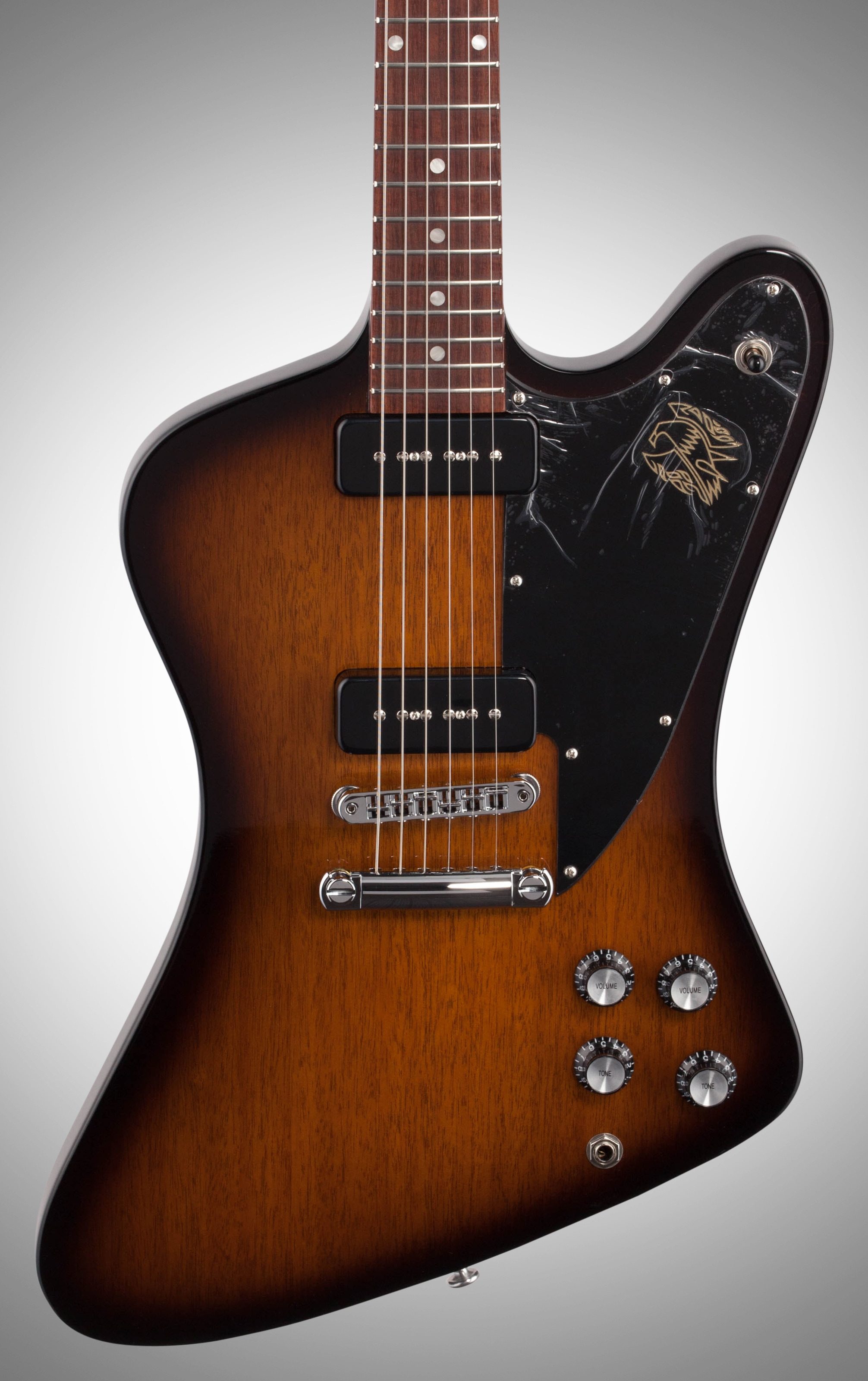
Even by 60s standards this guitar was a bit weird. Not only is headstock is also reversed - something that became all the thing in the hair metal and spandex 80s - it plays host to a set of chunky, and borderline bloody useless, banjo tuners. That’s not the only unusual thing about the F-bird. Why are these guitars described as “reverse” Firebirds? Well, unlike a Fender Strat, which has a longer body horn on the bass side of the neck and a short horn on the treble side, the Firebird’s layout is reversed with the longer horn closest the floor. The Guitars That Built Rock: The Gibson Flying V.The Guitars That Built Rock: The Gibson Les Paul.The Guitars That Built Rock: The Fender Stratocaster.Just another example of Les Paul beating everyone else to the punch. For the Firebird, Gibson glued a set of mahogany “wings” onto the central core of the guitar to create its iconic shape.

In the case of The Log, Les fitted two-halves of a hollow Epiphone jazz guitar to give his creation more of a conventional guitar shape and feel. Like his iconic Frankenstein’s monster “The Log”, the Firebird’s neck was extended to form the core of its body, a setup described as “neck thru-body”. It actually uses the same construction method that guitarist/inventor Les Paul was experimenting with in the early 40s. Look closer though, and this guitar is more of a throwback than it appears. When it was first unveiled, the Firebird was all “now” and “hip”. No other guitarist kept the Firebird alive like Johnny, and his trademark blues tone on tracks like Rock’n’Roll Hoochie Koo is as good as it gets. The single bound rosewood fingerboard was pimped with trapezoid fingerboard inlays.Ī ‘63 Firebird V was the favourite squeeze of Johnny Winter. The Firebird V also featured two mini-humbuckers with the four controls and three-way switch, but the hardware was upgraded to a deluxe vibrato with an engraved cover plate and a tune-a-matic bridge. It came with the same combined bridge/tailpiece as the Firebird I but the vibrato unit was standard issue. Next up was the twin-pickup version - the confusingly named Firebird III - which had two volume and two tone controls and a three-way pickup selector toggle switch. Production costs were kept in check with an unbound rosewood fingerboard and simple dot inlays.

This no-frills edition came spec’d with a volume and tone knob and a combined bridge/tailpiece, although you could order it with a vibrato unit. At its launch in late 1963, the “reverse” Firebird was available in four formats, kicking off with the single mini-humbucker-loaded I model as used by Eric.


 0 kommentar(er)
0 kommentar(er)
